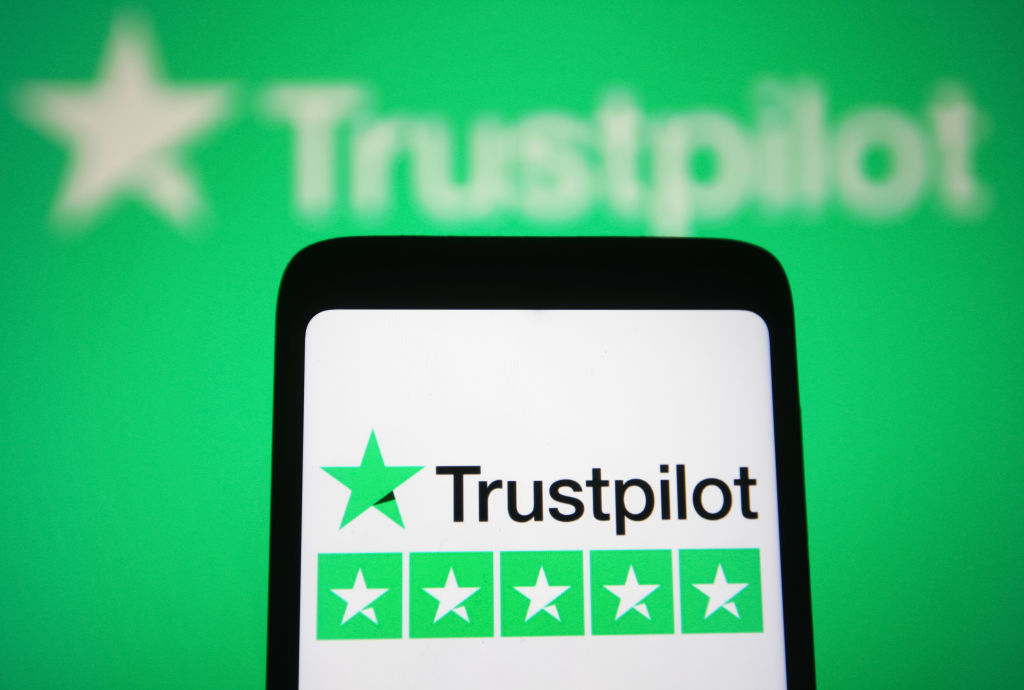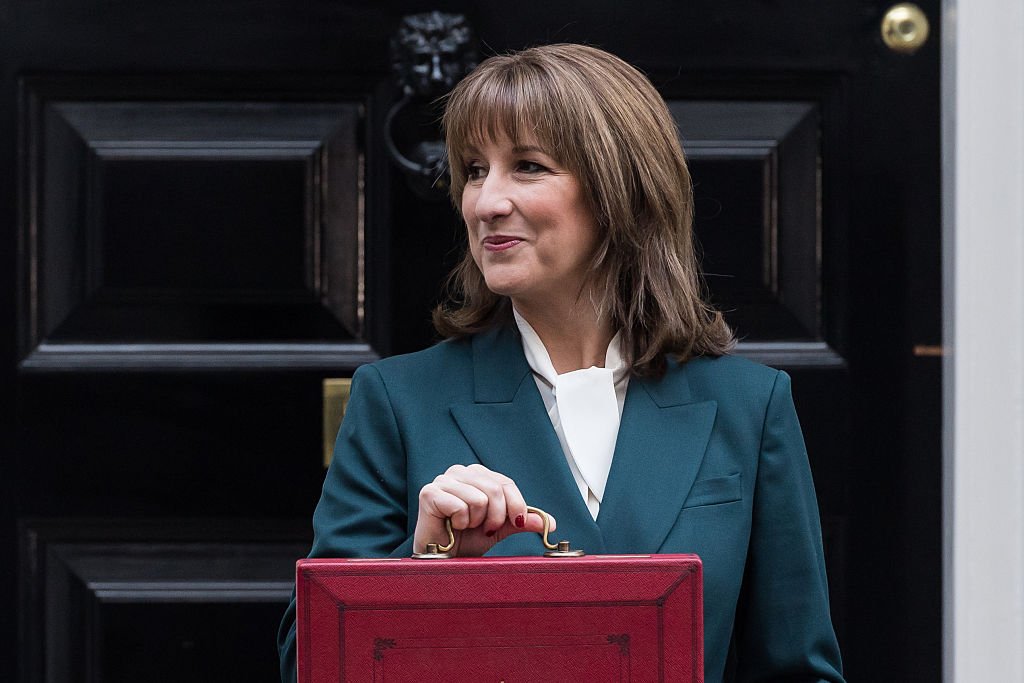Grim reality dawns for John Lewis
For decades, John Lewis seemed to exist in a parallel universe. Now, a grimmer reality has dawned


Until this week John Lewis seemed able to rise effortlessly above the existential crisis that has gripped every other major retailer. From its origins as a humble drapery shop on Oxford Street in the 1860s, it remained a primarily London-based business for much of its history. But in the last 20 years, it pushed relentlessly into new markets, opening 50 department stores across the country. Its Waitrose unit expanded even more aggressively and now has 350 supermarkets. While just about every other retailer had to cut back and retrench in the face of rising staff costs, punishing business rates, tepid consumer spending and ferocious competition from the internet, John Lewis sailed on regardless. It was as if it was in a parallel universe, where running shops was a great business to be in.
Don’t get high on your own supply
In the last year, all that changed. Last week the chain announced it was scrapping its staff bonus for the first time since 1953. For the six months to June it posted losses of £635m. That included a huge writedown on the value of its stores, but it is still losing money overall. It has started to close shops, and has even floated the possibility of converting some into office space (although if there is one industry in more trouble than department stores right now it is surely offices). There are lessons to be learned here.
Firstly, don’t overexpand. John Lewis started opening huge department stores across the country. Some of them were vast. Its flagship Birmingham store, opened in 2015, covered 250,000 square feet, the equivalent of 3.5 football pitches. Smaller stores started popping up on retail parks and in shopping malls around the country. It may have seemed like a winning formula at first. Every time you open a new shop, you attract more customers, extend the brand, and acquire more buying power to drive down the cost of suppliers. But at a certain point, you start opening up in more and more marginal locations, and you start cannibalising your own sales. Customers switch from an older store to a newer one closer to their home, but overall sales don’t increase. Likewise, Waitrose, by far the more successful part of the business, was expanding furiously at the same time as the discount chains such as Aldi and Lidl. They might appear to be at completely different ends of the market, but in truth, the grocery market is ferociously competitive, and far too crowded, and that makes it hard for anyone to make much money.
MoneyWeek
Subscribe to MoneyWeek today and get your first six magazine issues absolutely FREE

Sign up to Money Morning
Don't miss the latest investment and personal finances news, market analysis, plus money-saving tips with our free twice-daily newsletter
Don't miss the latest investment and personal finances news, market analysis, plus money-saving tips with our free twice-daily newsletter
Secondly, don’t fall for your own hype. John Lewis marketed itself brilliantly as being very different from other retailers. It traded on its reputation for value and quality. That was a great way of making itself stand out in a crowded market. The problem is that it seemed to think that it could also stand apart from all the wider problems in retailing. While customers were abandoning traditional shops for the internet, and while other department stores were running into deep trouble, John Lewis just carried on as if its brand would protect it. In truth, it should have started adapting its strategy at least five years ago.
The downside of having loyal staff
Finally, don’t run the company for the staff. John Lewis’s unique employee-ownership structure created great team spirit. It had the most loyal staff in an industry that is often notorious for low pay and poor conditions. All that was reflected in great service. Loyal staff helped create loyal customers. The trouble is, that may also have stopped tough decisions being made when they needed to be. It is a fantastic structure when the business is growing. When it has to retrench, it suddenly doesn’t work so well. Stores remain open too long, and staff numbers are too high – and very quickly that starts to hurt.
It remains to be seen whether John Lewis can bounce back. Like many other retailers, it has too much space, often in the wrong places. It will take a lot of hard work to turn that around. Every firm is different, and each one faces its own set of challenges. John Lewis’s fall from grace is a reminder for investors that even the best brands may not be as secure as they appear.
Get the latest financial news, insights and expert analysis from our award-winning MoneyWeek team, to help you understand what really matters when it comes to your finances.
Matthew Lynn is a columnist for Bloomberg, and writes weekly commentary syndicated in papers such as the Daily Telegraph, Die Welt, the Sydney Morning Herald, the South China Morning Post and the Miami Herald. He is also an associate editor of Spectator Business, and a regular contributor to The Spectator. Before that, he worked for the business section of the Sunday Times for ten years.
He has written books on finance and financial topics, including Bust: Greece, The Euro and The Sovereign Debt Crisis and The Long Depression: The Slump of 2008 to 2031. Matthew is also the author of the Death Force series of military thrillers and the founder of Lume Books, an independent publisher.
-
 Why Trustpilot is a stock to watch for e-commerce exposure
Why Trustpilot is a stock to watch for e-commerce exposureTrustpilot has built a defensible position in one of the most critical areas of the internet: the infrastructure of trust, says Jamie Ward
-
 Tetragon Financial: An investment trust with stellar returns
Tetragon Financial: An investment trust with stellar returnsTetragon Financial has performed very well, but it won't appeal to most investors – there are clear reasons for the huge discount, says Rupert Hargreaves
-
 How to capitalise on the pessimism around Britain's stock market
How to capitalise on the pessimism around Britain's stock marketOpinion There was little in the Budget to prop up Britain's stock market, but opportunities are hiding in plain sight. Investors should take advantage while they can
-
 London claims victory in the Brexit wars
London claims victory in the Brexit warsOpinion JPMorgan Chase's decision to build a new headquarters in London is a huge vote of confidence and a sign that the City will remain Europe's key financial hub
-
 Reinventing the high street – how to invest in the retailers driving the change
Reinventing the high street – how to invest in the retailers driving the changeThe high street brands that can make shopping and leisure an enjoyable experience will thrive, says Maryam Cockar
-
 The consequences of the Autumn Budget – and what it means for the UK economy
The consequences of the Autumn Budget – and what it means for the UK economyOpinion A directionless and floundering government has ducked the hard choices at the Autumn Budget, says Simon Wilson
-
 The global defence boom has moved beyond Europe – here’s how to profit
The global defence boom has moved beyond Europe – here’s how to profitOpinion Tom Bailey, head of research for the Future of Defence Indo-Pac ex-China UCITS ETF, picks three defence stocks where he'd put his money
-
 Profit from a return to the office with Workspace
Profit from a return to the office with WorkspaceWorkspace is an unloved play on the real estate investment trust sector as demand for flexible office space rises
-
 An “existential crisis” for investment trusts? We’ve heard it all before in the 70s
An “existential crisis” for investment trusts? We’ve heard it all before in the 70sOpinion Those fearing for the future of investment trusts should remember what happened 50 years ago, says Max King
-
 No peace dividend in Trump's Ukraine plan
No peace dividend in Trump's Ukraine planOpinion An end to fighting in Ukraine will hurt defence shares in the short term, but the boom is likely to continue given US isolationism, says Matthew Lynn
